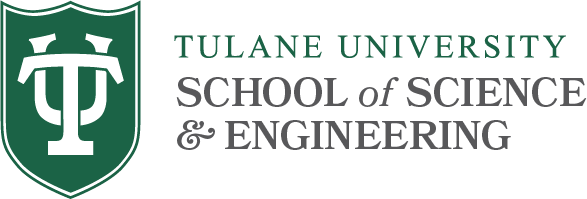Collective Program Analysis
By: Ganesha Upadhyaya
Abstract
Encouraged by the success of data-driven software engineering (SE) techniques that have found numerous applications e.g. in defect prediction, specification inference, etc, the demand for mining and analyzing source code repositories at scale has significantly increased. However, analyzing source code at scale remains expensive to the extent that data-driven solutions to certain SE problems are beyond our reach today. Extant techniques have focused on leveraging distributed computing to solve this problem, but with a concomitant increase in computational resource needs. In this thesis, we propose collective program analysis (CPA), a technique to accelerate ultra-large-scale source code mining without demanding more computational resources and by utilizing the similarity between millions of source code artifacts. First, we describe the general concept of collective program analysis. Given a mining task that is required to be run on thousands of artifacts, the artifacts with similar interactions are clustered together, such that the mining task is required to be run on only one candidate from each cluster to produce the mining result and the results for other candidates in the same cluster can be produced using extrapolation. The two technical innovations of collective program analysis are: mining task specific similarity and interaction pattern graph. Mining task specific similarity is about whether two or more artifacts can be considered similar for a given mining task. An interaction pattern graph represents the interaction between the mining task and the artifact when the mining task is run on the artifact. An interaction pattern graph is used to determine mining task specific similarity between artifacts. Given a mining task and an artifact producing an interaction pattern graph soundly and efficiently can be very challenging. We propose a pre-analysis and program compaction technique to achieve this. Given a source code mining task and thousands of input programs on which the mining task needs to be run, our technique first extracts the information about what parts of an input program are relevant for the mining task and then removes the irrelevant parts from input programs, prior to running the mining task on them. Our key technical contributions are a static analysis to extract information about the parts of program that are relevant for a mining task and a sound program compaction technique that produces a reduced program on which the mining task has similar output as original program. Upon producing interaction pattern graphs of thousands of artifacts, they have to be clustered and the mining task results have to be reused between similar artifacts to achieve acceleration. In the final part of this thesis, we fully describes collective program analysis and illustrate mining millions of control flow graphs (CFGs) by clustering similar CFGs.
ACM Reference
Upadhyaya, G. 2018. Collective Program Analysis. Iowa State University.
BibTeX Reference
@phdthesis{upadhyaya2018collective,
title = {Collective Program Analysis},
author = {Upadhyaya, Ganesha},
year = {2018},
school = {Iowa State University},
abstract = {
Encouraged by the success of data-driven software engineering (SE)
techniques that have found numerous applications e.g. in defect
prediction, specification inference, etc, the demand for mining and
analyzing source code repositories at scale has significantly increased.
However, analyzing source code at scale remains expensive to the
extent that data-driven solutions to certain SE problems are beyond
our reach today. Extant techniques have focused on leveraging
distributed computing to solve this problem, but with a concomitant
increase in computational resource needs. In this thesis, we propose
collective program analysis (CPA), a technique to accelerate ultra-large-scale
source code mining without demanding more computational resources and
by utilizing the similarity between millions of source code artifacts.
First, we describe the general concept of collective program analysis.
Given a mining task that is required to be run on thousands of artifacts,
the artifacts with similar interactions are clustered together, such
that the mining task is required to be run on only one candidate from
each cluster to produce the mining result and the results for other
candidates in the same cluster can be produced using extrapolation.
The two technical innovations of collective program analysis are:
mining task specific similarity and interaction pattern graph.
Mining task specific similarity is about whether two or more artifacts
can be considered similar for a given mining task. An interaction pattern
graph represents the interaction between the mining task and the artifact
when the mining task is run on the artifact. An interaction pattern graph
is used to determine mining task specific similarity between artifacts.
Given a mining task and an artifact producing an interaction pattern
graph soundly and efficiently can be very challenging. We propose a
pre-analysis and program compaction technique to achieve this.
Given a source code mining task and thousands of input programs on
which the mining task needs to be run, our technique first extracts
the information about what parts of an input program are relevant
for the mining task and then removes the irrelevant parts from input programs,
prior to running the mining task on them. Our key technical contributions are a
static analysis to extract information about the parts of program that are relevant
for a mining task and a sound program compaction technique that produces a
reduced program on which the mining task has similar output as original program.
Upon producing interaction pattern graphs of thousands of artifacts, they have to
be clustered and the mining task results have to be reused between similar artifacts
to achieve acceleration. In the final part of this thesis, we fully describes collective
program analysis and illustrate mining millions of control flow graphs (CFGs) by
clustering similar CFGs.
}
}
